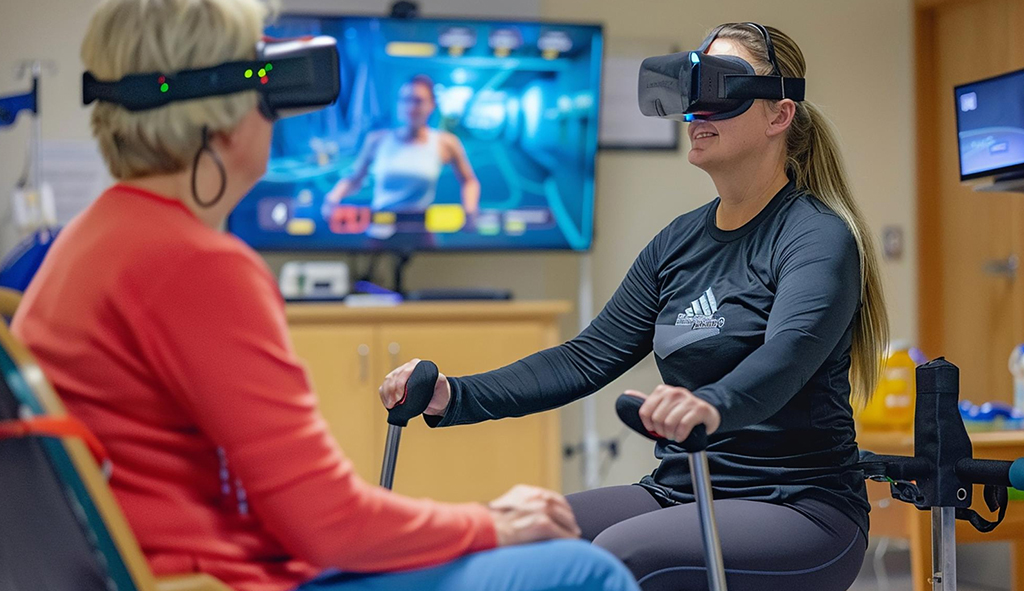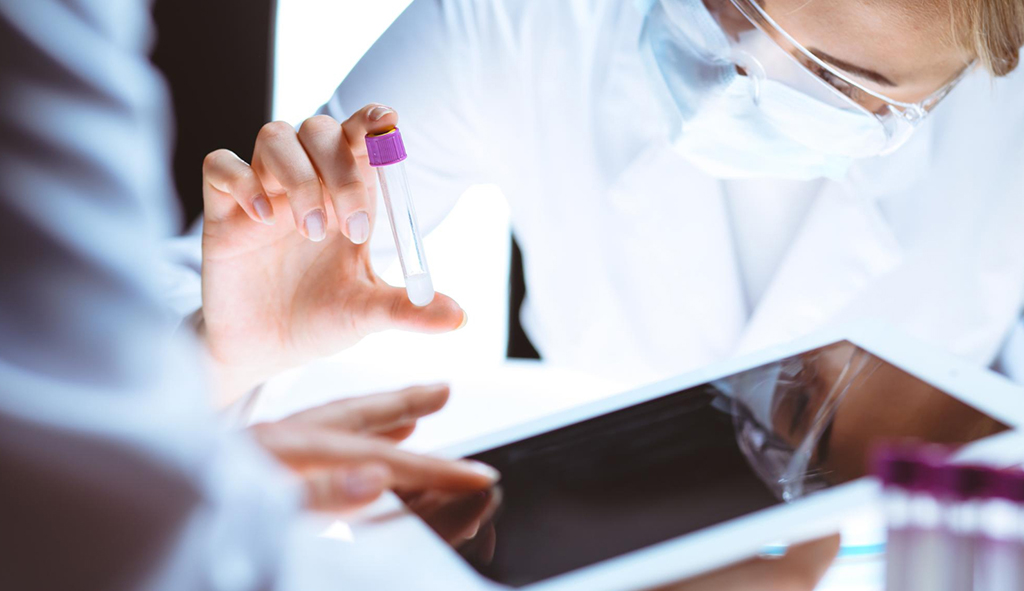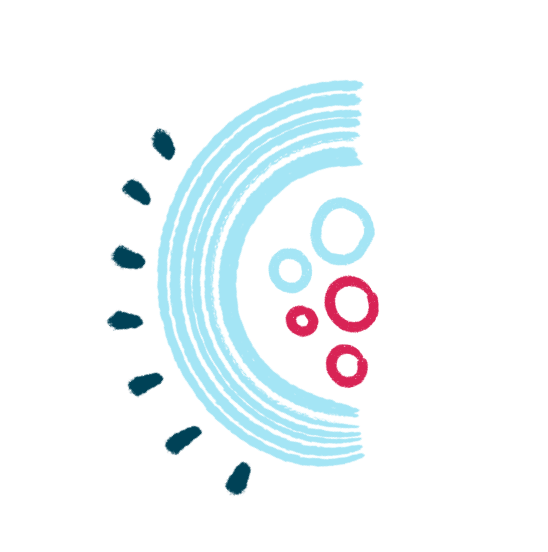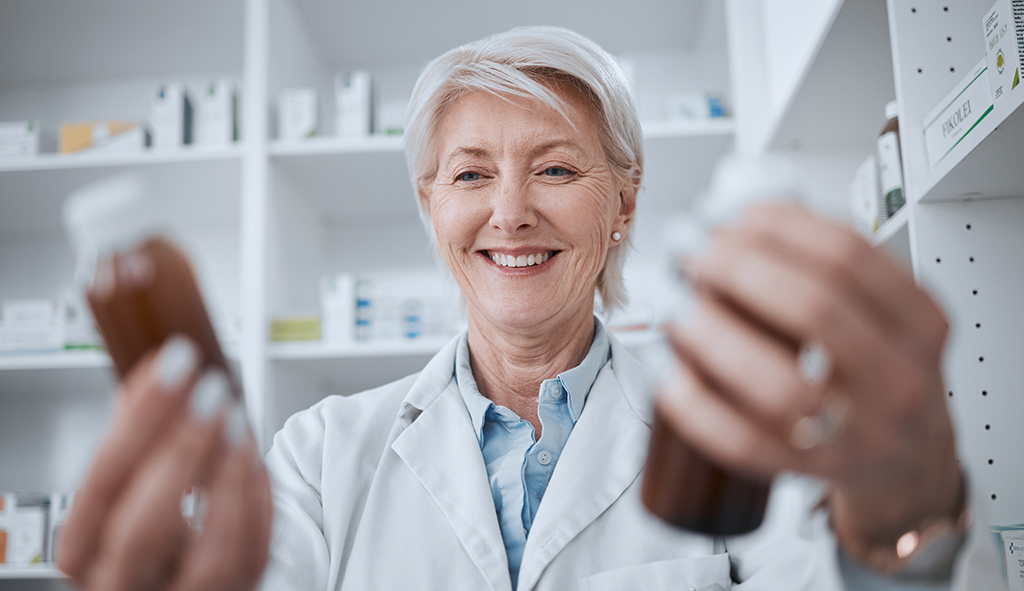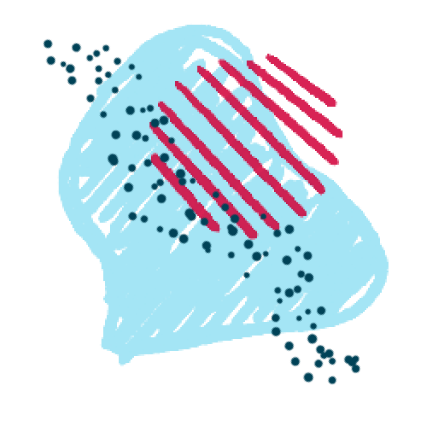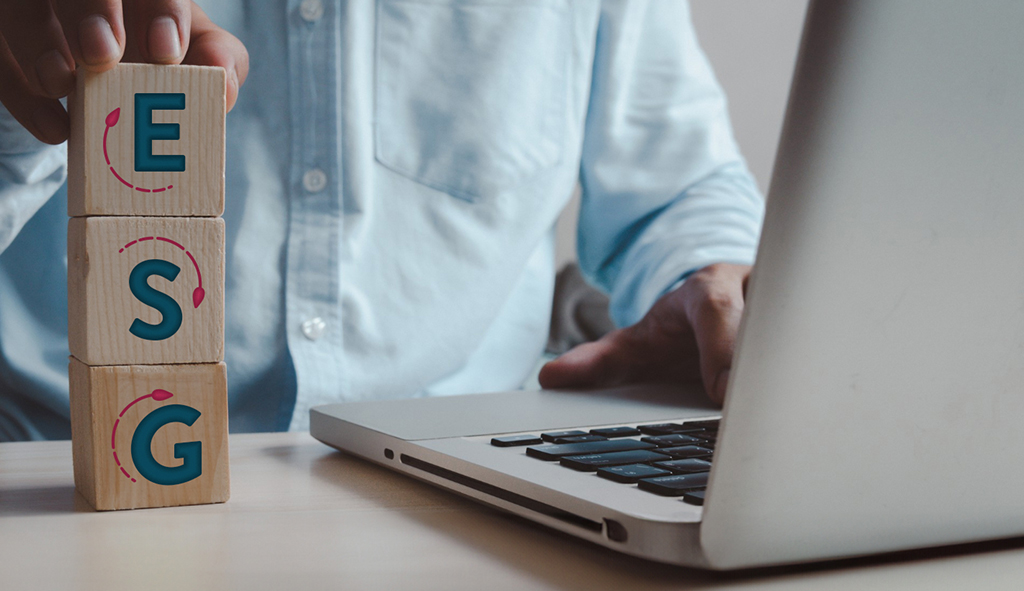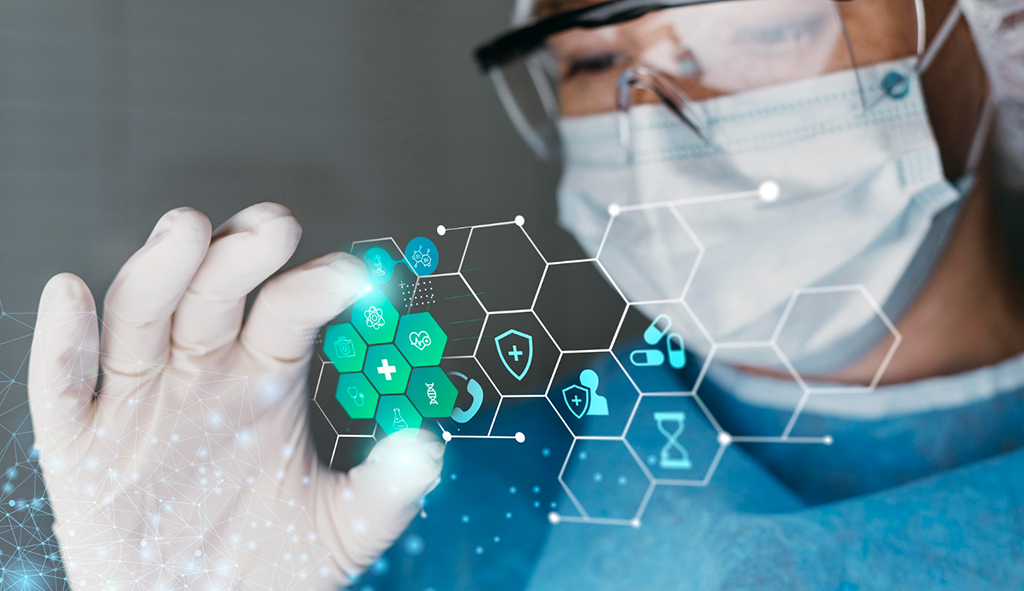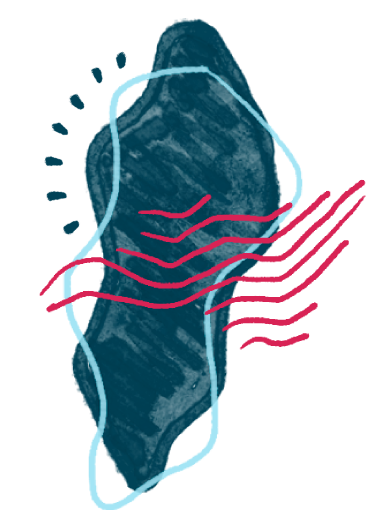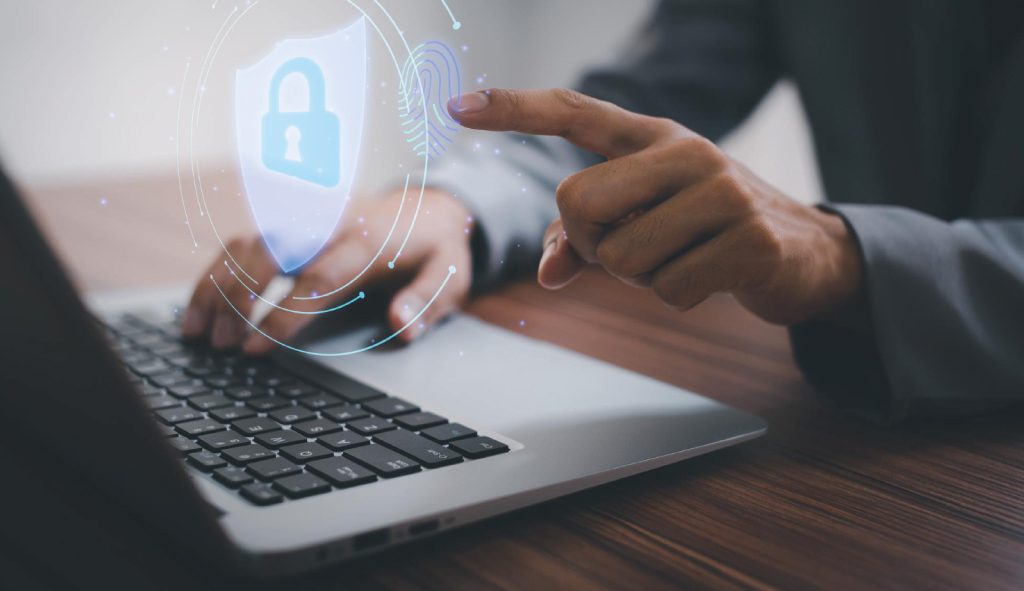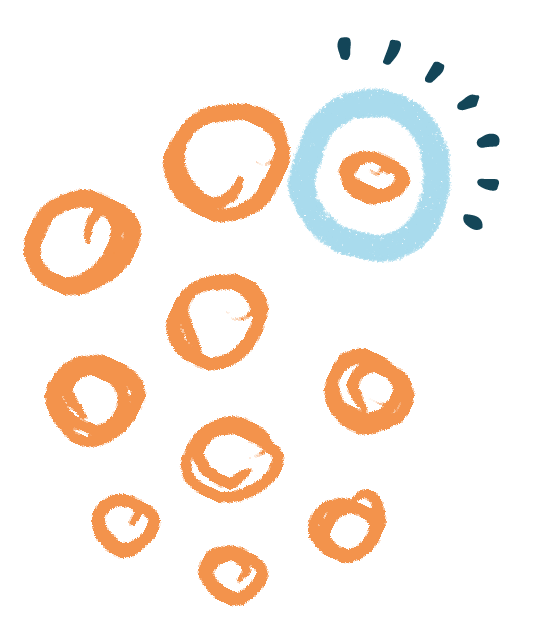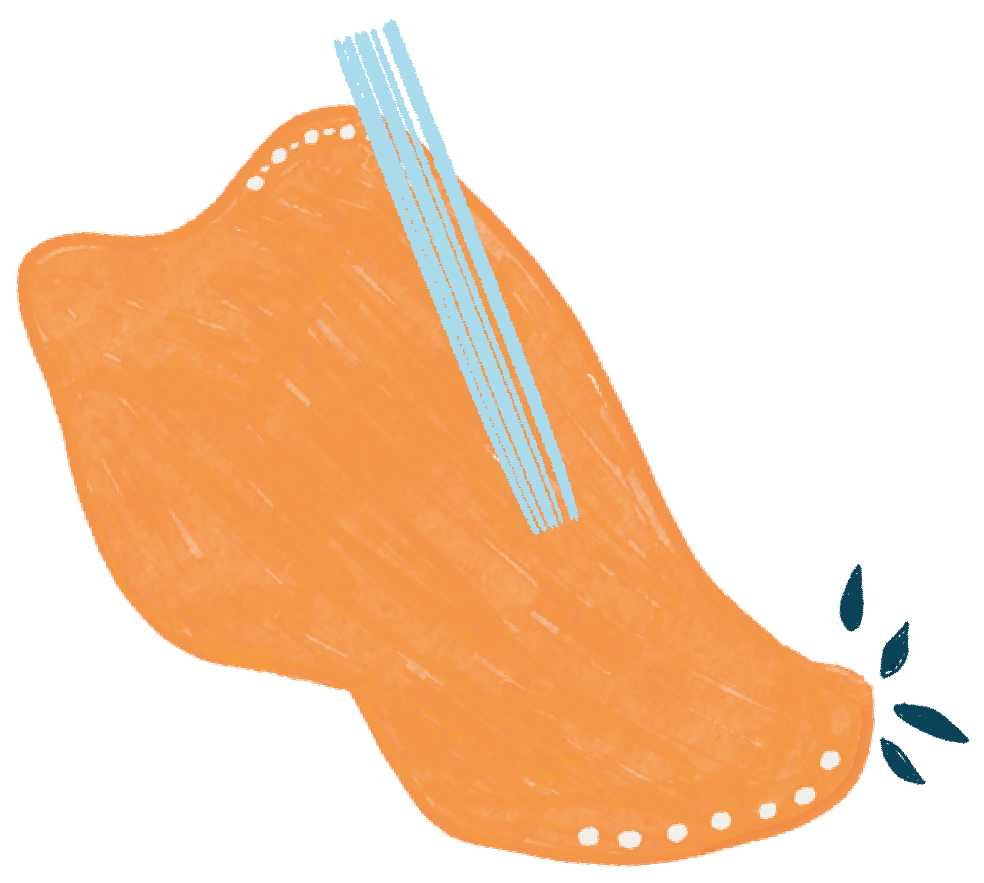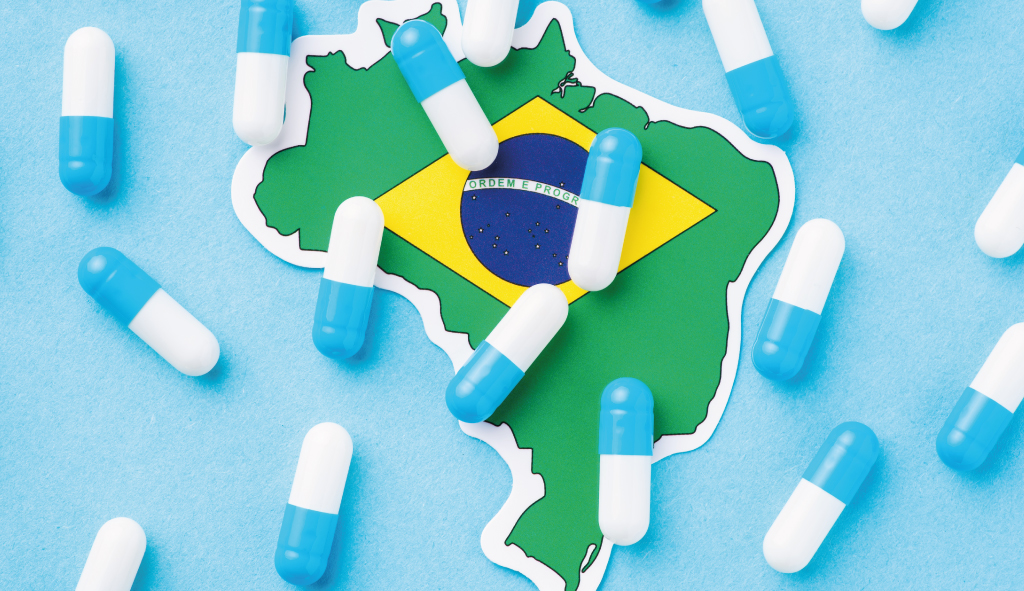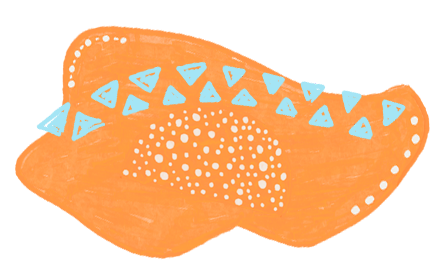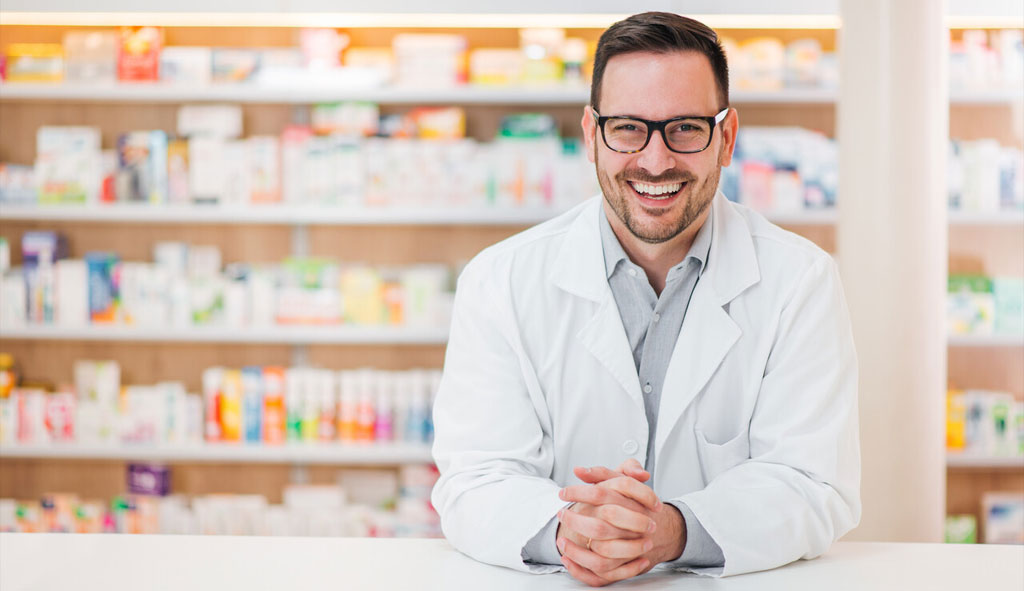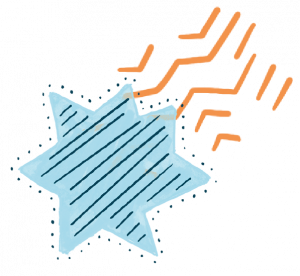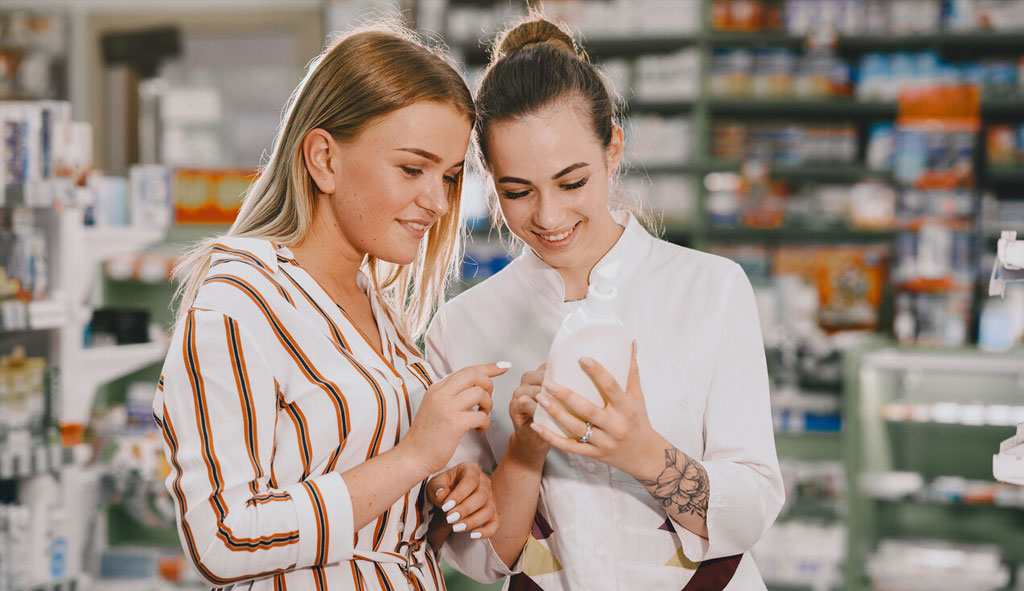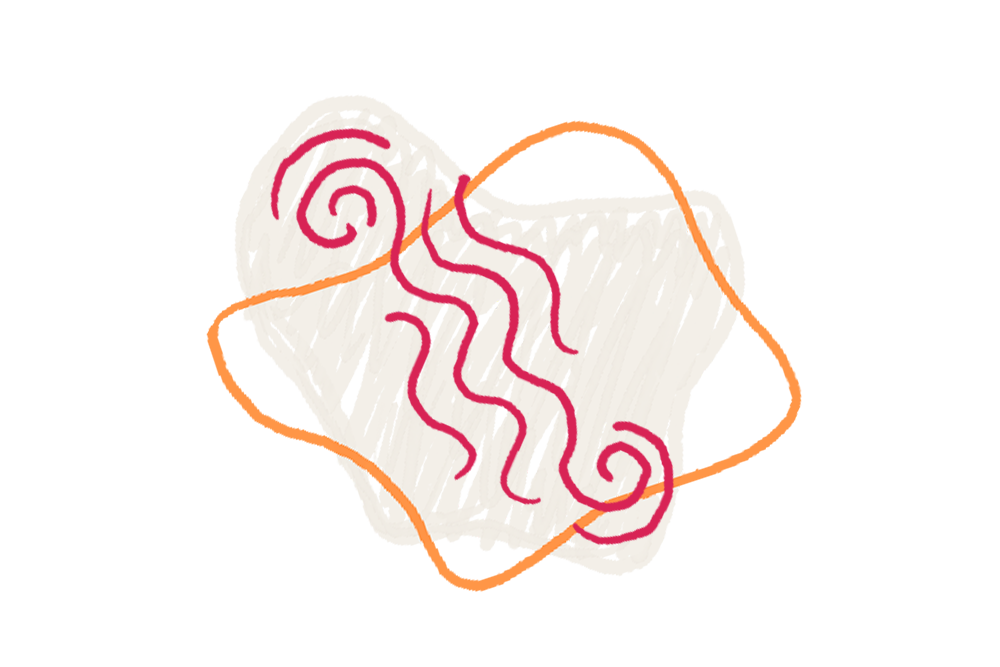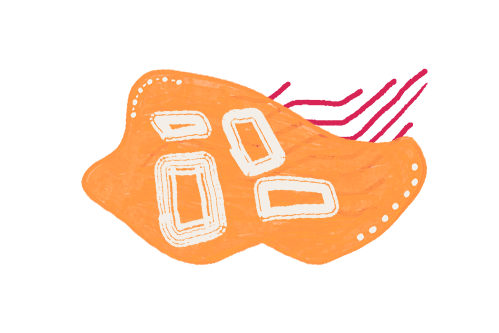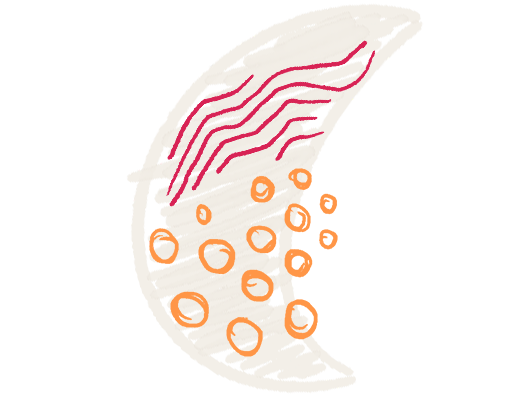The idea that video games could support physical and cognitive healing might have sounded farfetched a few years ago. But today, it’s a growing field backed by research, innovation, and real-world results. Interactive games are increasingly being used in clinical and therapeutic settings to aid rehabilitation, improve motor function, and boost cognitive resilience. And when these tools are created with linguistic and cultural accessibility in mind, they can foster greater inclusion, engagement, and recovery for diverse patient populations.
Gaming for Cognitive and Physical Rehabilitation
Video games are becoming powerful tools in rehabilitation for helping patients regain cognitive and physical function in ways that feel more engaging and less clinical. Part of that success is thanks to their interactive design, which encourages repetition, focus, and motivation, key ingredients in effective therapy. The therapy spaces benefiting from such games are manifold:
- In cognitive rehabilitation, games like Brain Age, Lumosity, and CogniFit support memory, focus, and mental agility in older adults and brain injury patients. Platforms like NeuroRacer and its FDA-cleared successor EndeavorRx are used to enhance attention control in children with ADHD while offering structured, adaptive tasks grounded in cognitive neuroscience.
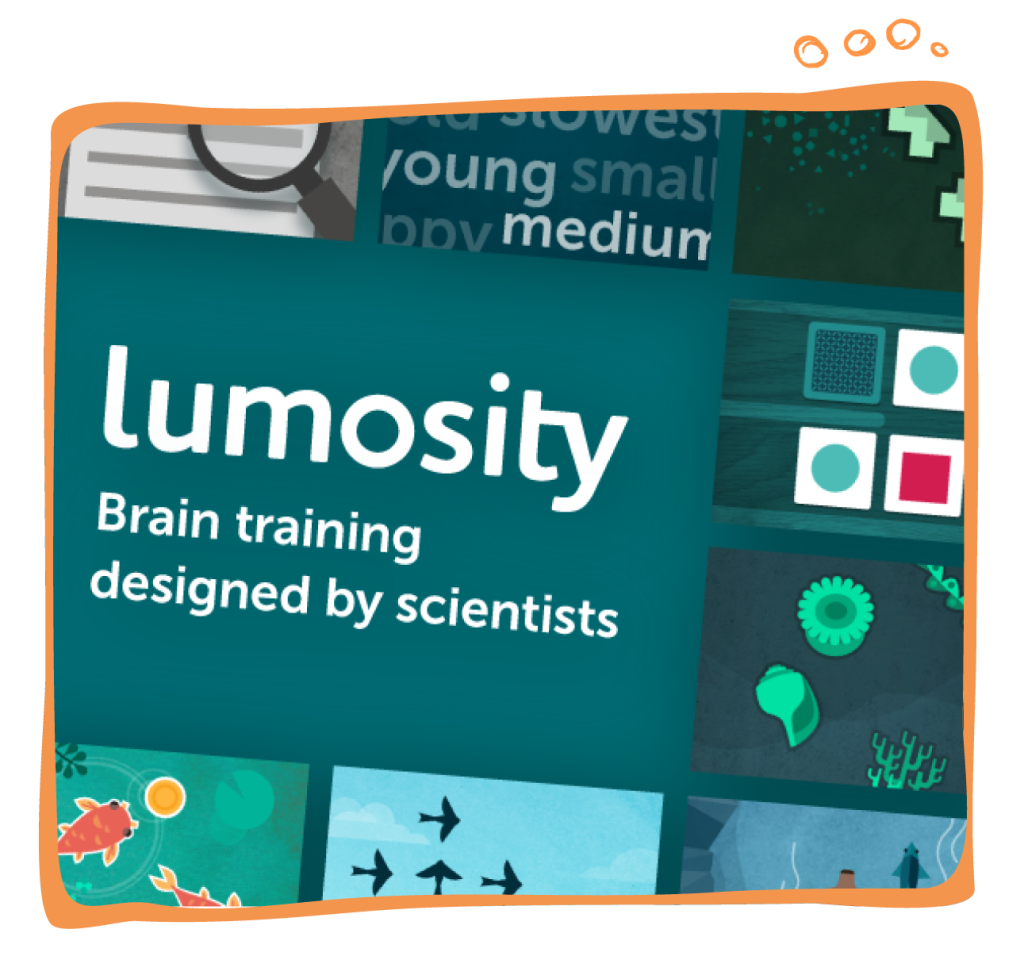
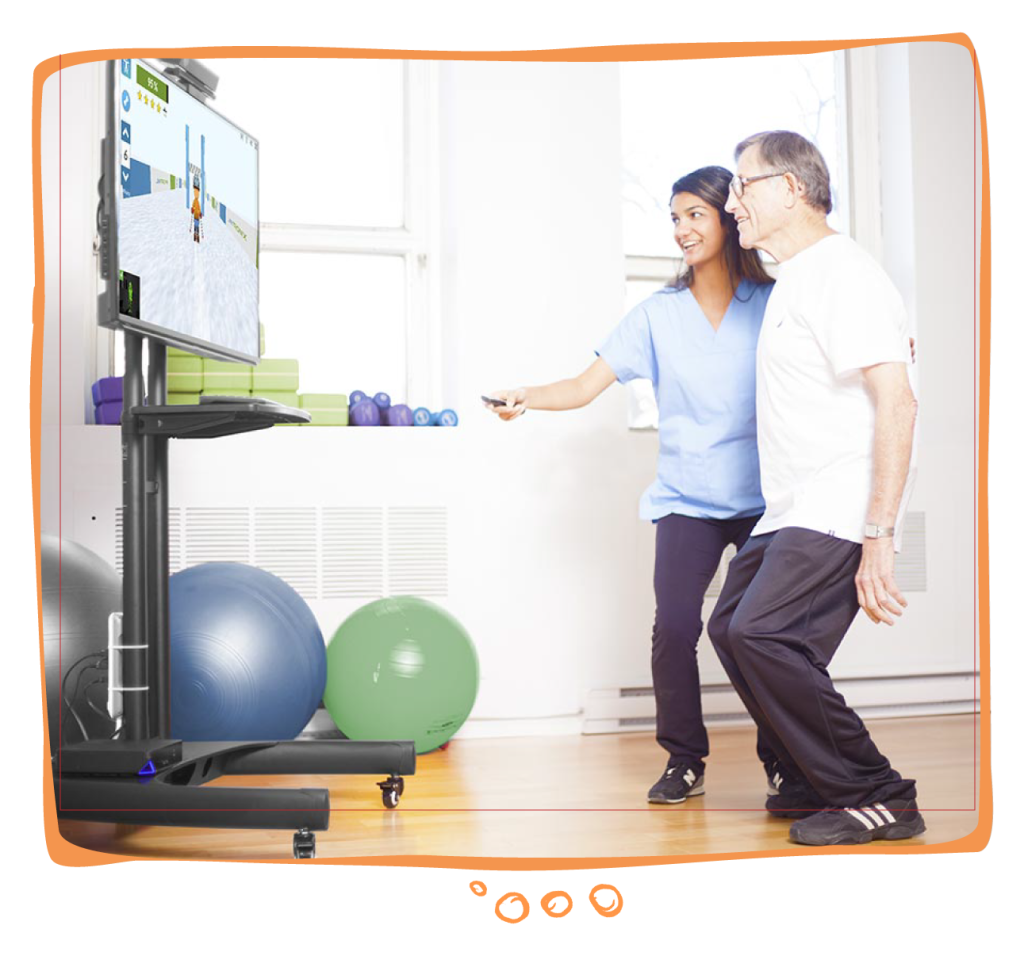
- For physical recovery, motion-based platforms such as Wii Fit, Xbox Kinect, and Jintronix turn therapy into engaging routines. These systems help stroke survivors and orthopedic patients improve balance and coordination. Tools like Dance Dance Revolution and Rehabilitation Gaming System (RGS) add gamified movement and repetition to therapy, which promote motor function and patient motivation.
- For speech and language rehabilitation, games and apps and games including Tactus Therapy, Speech Blubs, and Constant Therapy offer interactive ways for patients to improve pronunciation, comprehension, and vocabulary. These tools are often used by individuals recovering from brain injuries, aphasia, or developmental language delays.
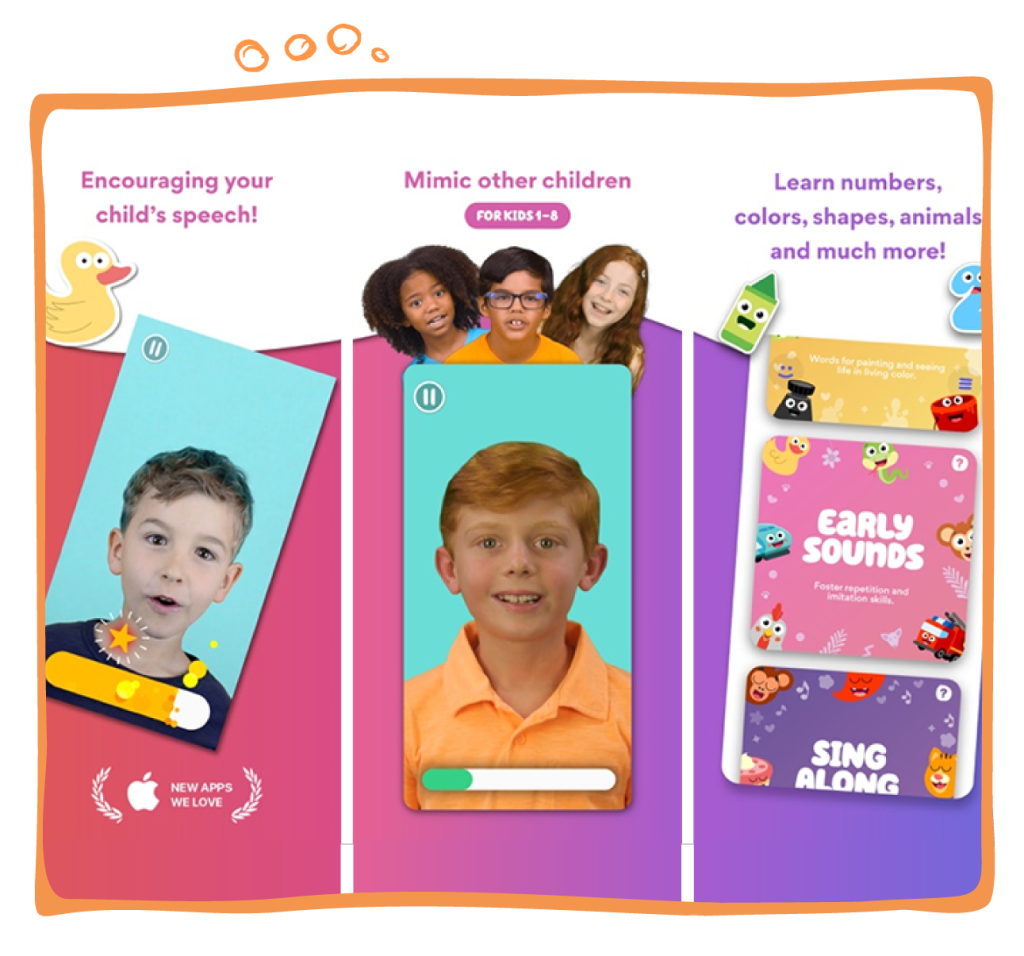
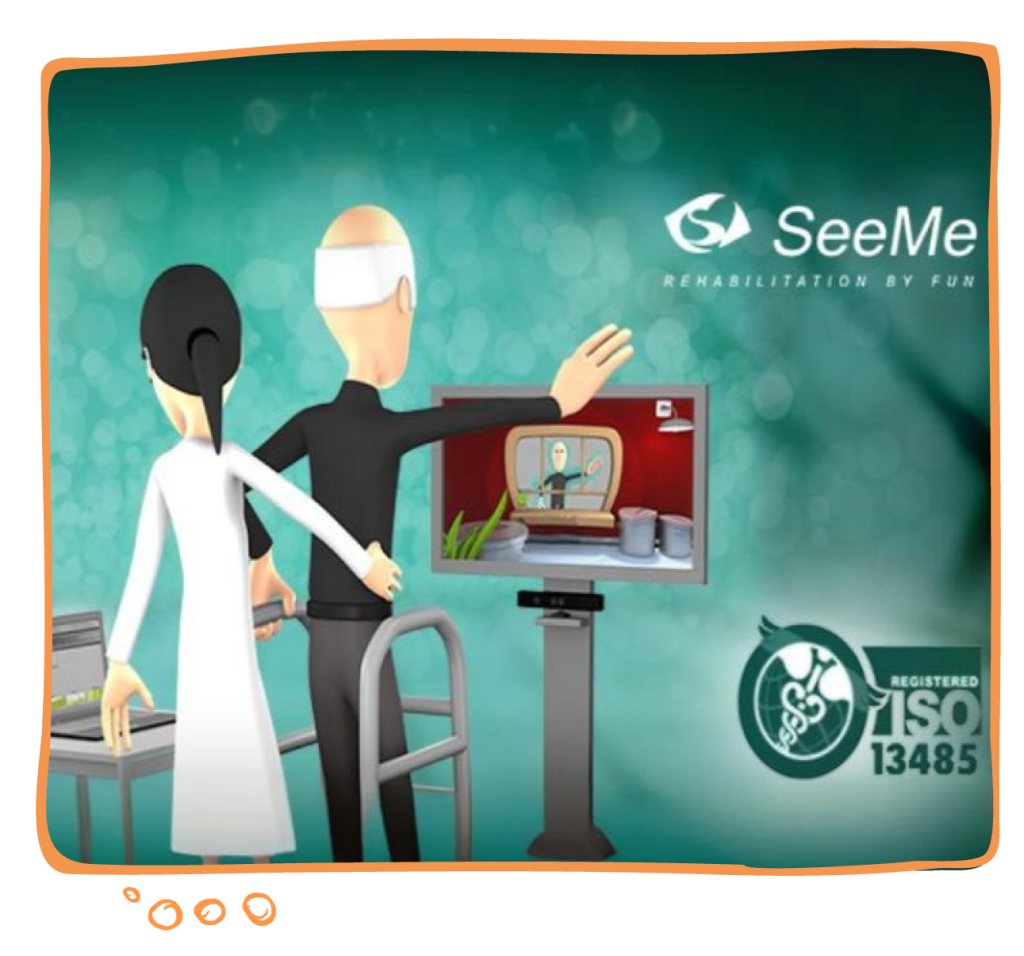
- In occupational therapy, task-based games like SeeMe, RehabStudio, and apps designed for Activities of Daily Living (ADLs) help patients practice real-world tasks including dressing, cooking, and organizing items. They’re often used by individuals recovering from traumatic injuries, neurological disorders, or age-related decline that affect their ability to manage everyday activities.
Many of these tools can also be used remotely through mobile apps, which offer adaptable programs that support ongoing recovery outside traditional clinical settings.
By blending structure with play, these approaches are making rehabilitation more accessible and a bit more enjoyable for a wide range of patients.
Challenges of Using Gaming for Therapy
While the use of video games in therapy introduces exciting possibilities, it also comes with practical and technical challenges that must be addressed to ensure meaningful impact. These challenges span from access to usability, and they impact both patients and healthcare providers alike.
| Device Accessibility | Not all patients have access to gaming devices like consoles or VR headsets, especially in low-income or rural areas. |
| Adaptability to Patient Needs | Games may not suit every patient’s abilities, thus requiring customization in terms of difficulty levels or mechanics to match therapeutic needs. |
| Technical Barriers | Many games require technical support, regular updates, or internet access, barriers for users with limited tech literacy or resources. |
| Patient Engagement | Some patients, particularly older adults or those unfamiliar with gaming, may feel uncomfortable or unmotivated to participate. |
Understanding these challenges helps developers and practitioners design more inclusive and adaptable therapeutic gaming experiences, ones that patients can actually access, engage with, and benefit from.
The Impact of Language on Efficiency and Accessibility
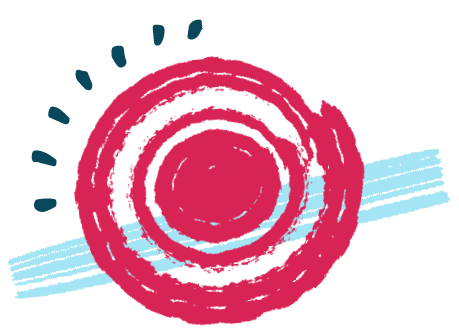
Language is more than a communication tool in therapeutic gaming, it’s a gateway to participation. When games lack proper localization, patients who don’t speak the default language may miss instructions, misunderstand feedback, or disengage entirely.
To be effective, these tools must speak the patient’s language, literally and figuratively. This means localizing user interfaces, instructions, voiceovers, and progress tracking. But it also means adapting culturally specific content that may not resonate universally.
A multilingual, well-localized game improves not only usability, but compliance, too. Patients are more likely to stick with therapy when the experience feels intuitive and respectful of their language and culture. Poor localization, on the other hand, can undermine patient trust and reduce the therapeutic value of even the most well-designed gaming tools.
Conclusion
Therapeutic video games are redefining rehabilitation by making it more engaging, personalized, and accessible to patients. From cognitive stimulation to physical recovery, the potential benefits are clear. But realizing their success depends on more than clever design or clinical validation. Language access and cultural adaptation are key to making these tools truly inclusive.
As the use of therapeutic video games continues to grow, developers and healthcare professionals alike should recognize localization not as an add-on for these tools, but as a foundational component of effective therapeutic gaming. Because when the games become more universal, so does the healing they promote.
